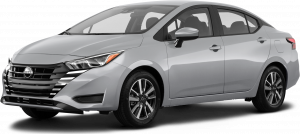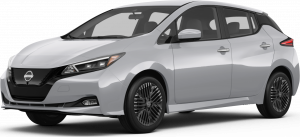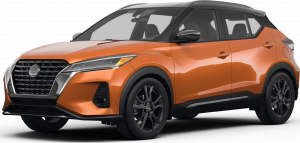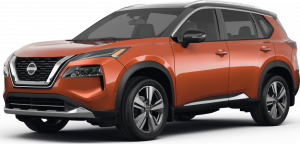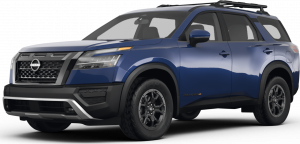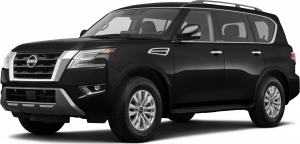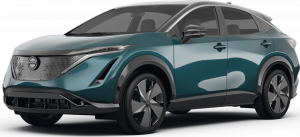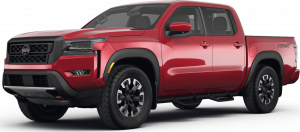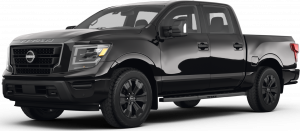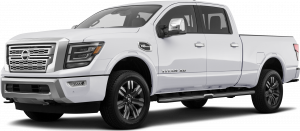The winter season is just around the corner and that means it’s time to winterize your car. The process can take a bit of time and effort, so it’s best to get started well in advanced. Snowy weather and icy roads can make getting places a huge hassle in the winter months. By making a few key adjustments to your vehicle before the cold sets in, you can guarantee an easier transition into winter driving - keeping you safe and moving on the road.
Check your tire tread depth and air pressure
Before the temperature drops too much, be sure to check your tire tread depth. You want to make sure that your tires aren’t too worn down. In wintry conditions, worn tires can decrease your car’s stability and increase your stopping distance, both of which can increase your chance of having an accident. You can easily check your tire tread depth at home using the penny method. Simply take a normal U.S. penny and stick it in one of your tire treads. Make sure that Lincoln’s face is upside down and facing toward you. If you can see Lincoln’s entire face, that means it’s time for new tires. Your tire tread depth has dropped below 2/32nd of an inch. When performing this check, make sure you verify tread depth on all four tires, as well as in multiple locations on each. Your tires can wear at different rates.
If Lincoln’s face is just covered a little bit, you may still want to consider getting new tires, especially considering the more challenging road conditions you’ll be facing in the wintertime. Some experts recommend swapping out tires below 4/32nd of an inch tread, since at this point your traction starts to decrease dramatically.
After verifying that your tire tread depth is sufficient, the next step is to check your tire’s air pressure. Ensuring that your tires are filled to the correct and recommended level will help your car maintain stability on icy roads. Tire pressure naturally drops when the temperature lowers - you will want to make sure they are completely full to avoid further issues. Keeping your tires pressurized will also prevent premature wear and can help you when it comes to fuel efficiency. It’s simple to verify and top off your tire pressure at any gas station air filling pump. However, if you are unsure of how to do this, you can always bring your car into your local service center and have them check it out for you.
Consider investing in snow tires
Depending on how bad the winter weather gets in your area, you may consider swapping out all four of your tires for snow tires, rather than just verifying the tread and pressure of your current set. Snow tires are especially helpful if you live at high latitudes or elevated altitudes that receive a lot of winter precipitation. These specially designed tires can help increase your car’s traction when faced with slippery road conditions. It’s important to note that snow tires can decrease your mile per gallon rating significantly, so they should only be worn during the winter months. If you’re interested in purchasing a set of snow tires, check out these offers at Glendale Nissan’s tire center.
Get your car battery tested
The last thing you want to deal with when it’s snowing and you’re late for work is a dead car battery. Before winter arrives, make sure that you test your car battery to verify that it’s performing optimally. When the temperature drops, battery capability naturally decreases. If your battery is already showing signs of reduced performance, you may be in trouble once it starts getting colder. Bring your car into your local service center to have a battery diagnosis test performed. The mechanic will be able to verify the battery’s overall condition by checking things like the voltage, resistance, and conductance. If anything looks out of place, the mechanic will be able to recommend and install a replacement battery for you.
If your battery is still fully functional, you’ll still want to check for corrosion on the terminals. Combined with winter weather, corrosion on the battery terminals can cause your vehicle to hard start. It may also prevent the battery from recharging while the car is running, causing issues starting the vehicle later on. When cleaning your battery terminals, make sure you disconnect the negative terminal first, THEN the positive terminal. This will prevent you from causing harm to your car’s electrical system or to yourself. Clean the battery terminals with a wire brush or piece of aluminum foil, not your bare hands. Once clean, replace the positive terminal first, then the negative.
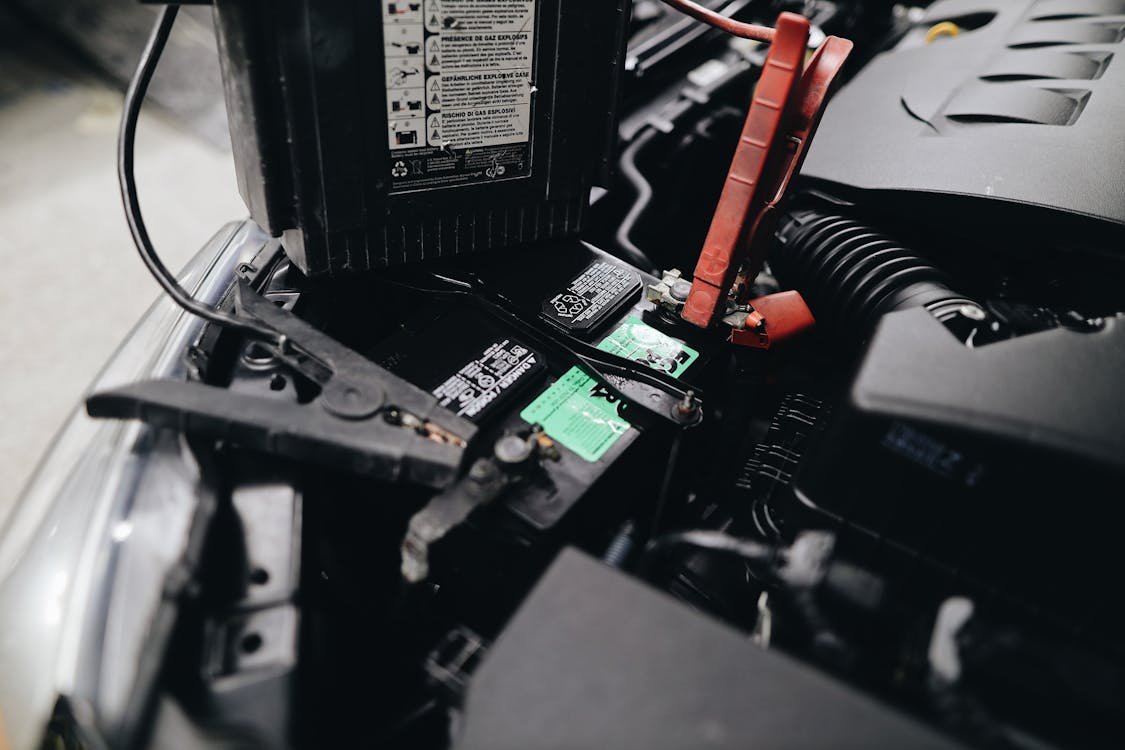
Install winter windshield wipers
Considering the constant use that windshield wipers get in the wintertime, these components often degrade fast. For longer lasting wiper blades, you should plan to install winter-specific blades. This design includes a rubber piece that prevents ice from sticking on the blades. These wipers are more durable than your average windshield wipers and should last you a long time with proper care. Just be sure to remove the winter blades when spring arrives - the heavier weight can wear on the wiper motor if used permanently.
Check your windshield wiper fluid
While you’re caring for your windshield, you should also verify that your windshield wiper fluid levels are full. It’s important to always have a good stock of wiper fluid in your vehicle when dealing with icy winter conditions. You’ll be surprised just how quickly you can exhaust your supply once a snow storm hits. It’s a good idea to keep a spare bottle of windshield wiper fluid in your car as well, just in case you need to fill up on the road.
Freeze proof your doors
There’s nothing more frustrating than getting frozen out of your car. To prevent your doors from freezing shut, you should lubricate the rubber weather stripping on the inside. To do this, you can use silicone spray sold at your local service center, or even your everyday cooking spray. Spray the fluid onto a cloth first, then wipe down the entire length of the rubber stripping. Repeat this process on the door mating surface, as well as on your vehicle’s trunk.
By following these few simple steps, you can be sure that you’re ready for anything this winter throws your way. Don’t get caught in a storm without having properly winterized your vehicle. If you have any questions, be sure to contact Glendale Nissan for winter weather maintenance assistance.




